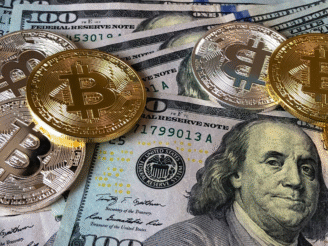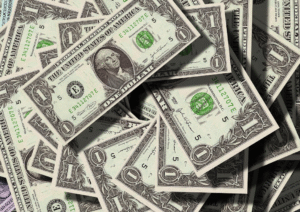Buy Now, Pay Later on Credit Card: How Does It Work?
Discover how Buy Now, Pay Later (BNPL) works with credit cards, its benefits, risks, and tips for responsible use. Learn how to shop!
How Buy Now, Pay Later Credit Card Works

In recent years, the Buy Now, Pay Later (BNPL) model has gained momentum as a practical payment alternative, especially among consumers seeking more flexibility when shopping. Originally popularized by fintechs, this system is now also integrated into credit cards.
But how exactly does BNPL work when tied to a credit card? In this article, you’ll understand how it works, its benefits, risks, and what to consider before using this option.
What is Buy Now, Pay Later?
Buy Now, Pay Later is a payment method in which the consumer makes a purchase immediately and divides the amount into fixed installments, usually interest free, over weeks or months.
Unlike traditional credit card installments, BNPL usually provides more clarity regarding the total cost and displays the installment plan at the time of purchase.
How does BNPL work on a credit card?
When BNPL is integrated into a credit card, it functions as an additional feature offered by the issuer or card network.
Here’s how it works: the customer makes a purchase with the credit card as usual. Then, they may receive a notification from the bank or credit card app offering the option to split that specific purchase using BNPL.
The user then selects the payment terms, choosing the number of installments, which can range from 3 to 24, depending on the issuer’s policy.
Some options are interest free; others clearly show the fee being charged. The installments are billed monthly on the credit card statement at fixed amounts.
The difference compared to traditional credit card installments is that these BNPL plans often don’t consume the full credit limit upfront and may offer better conditions than revolving credit.
What’s the difference between regular card installments and BNPL?
Although they seem similar, there are key differences. BNPL tends to be more transparent: the total amount, number of installments, and any fees are disclosed upfront.
Additionally, it allows for installment payments to be activated even after the purchase, unlike traditional installment options.
Another distinction is that BNPL fees, when they exist, are often lower than those of revolving credit or installment plans on your card statement.
Advantages of BNPL with a credit card
One major advantage is greater financial control. Since BNPL presents the full amount and number of installments clearly at the time of activation, consumers can better plan their finances.
It also helps avoid the use of revolving credit, which carries the highest interest rates in the market.
Another benefit is that in some cases, BNPL can be activated even after the purchase, with a simple tap in your bank app. This adds flexibility and improves budgeting.
In addition, BNPL can help free up your available credit more quickly, since it doesn’t always tie up your entire credit limit at once.
Risks and disadvantages to consider
Despite its advantages, there are some risks to be aware of. One is the accumulation of multiple installment plans.
Since it’s so easy to split purchases, consumers might go overboard and end up with too many monthly payments, making financial management harder.
Another issue is that some “interest-free” BNPL offers might hide the cost in the product price or remove discounts typically available for upfront payment.
This can mislead those not paying close attention. Also, even with added flexibility, the installments still consume part of your credit limit.
And of course, failing to pay an installment will result in late fees and interest, just like any other type of credit.
Tips for using BNPL responsibly
Before using BNPL, it’s important to plan carefully. Only split payments if you’re confident you can afford all the upcoming installments.
Always read the terms carefully to check for hidden fees or specific conditions that could catch you off guard.
Avoid juggling too many active installment plans at once. Focus on essential purchases and keep your budget in check.
Additionally, use your bank’s app to track your BNPL payments and see what you still owe. Many apps show a “future statement” view that helps you stay organized.
With digitalization on the rise and growing demand for financial control, BNPL is likely to become a standard feature on credit cards, especially appealing to younger, tech savvy consumers.






